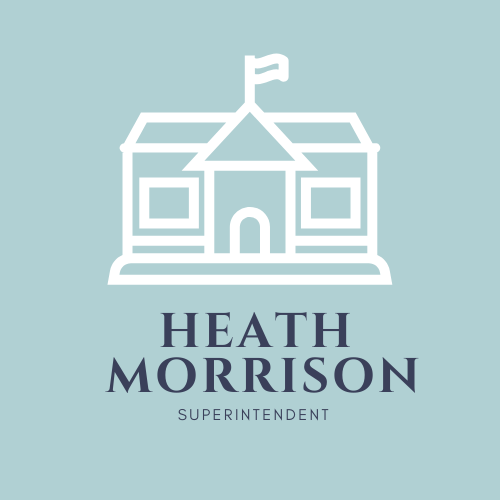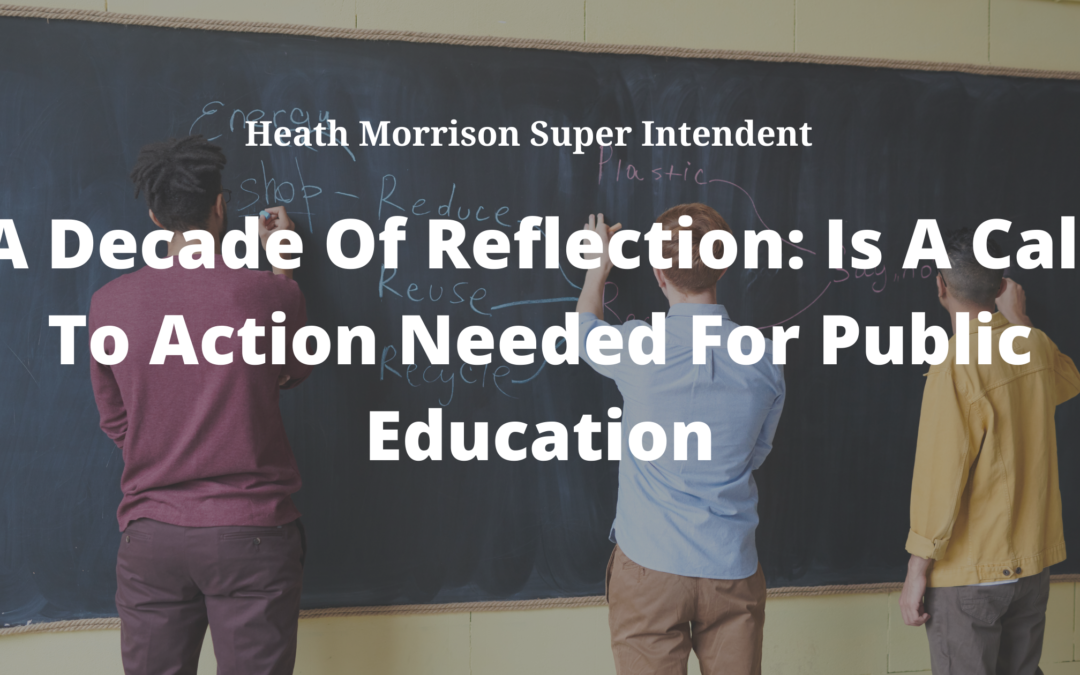Ten years ago this month I had the honor of being selected as the American Association of School Administrators (AASA) National Superintendent of the Year. At the time, I was the youngest in both age and tenure to ever receive this humbling distinction. This honor was more reflective of the tremendous leadership of my Board of Trustees, senior leadership team and school leadership than it was my own contributions. But, it was a wonderful opportunity to speak about my strong beliefs about the importance of public education. Public education kept me on a path to become the first in my family to go to college, and as a result I have always felt a debt to serve in the K-12 space and give back.
As the AASA National Superintendent recipient, you are invited to many different engagements across the country, and every leader selected has to consider what message they wish to deliver.
As I considered what I wanted to speak about, the following topics became my focus:
- The need for public education to focus on not just narrowing achievement gaps, but to commit to do whatever it took to close them.
- Being resolute in our advocacy for public education as the best way to educate our nation’s children.
- Having the courage to serve as leaders in making adjustments and reforms that meet the evolving needs of future generations of students.
Over the past decade, I have had a number of changes in my leadership story, including changing school districts and spending time in the private sector. Over these ten years, public education has experienced many challenges and opportunities that has led to progress, and some setbacks. And, of course, there is the ongoing impact of the COVID-19 pandemic. While the impact of this pandemic is still evolving, it has challenged schools ability to stay open, meet staffing needs with teachers and bus drivers and has resulted in most students experiencing significant loss of learning referred to as the “COVID Slide.”
As I reflect on the past 10 years, I have pondered how all of these factors impact the message I had upon being named National Superintendent of the Year. Those reflections include:
- The importance of closing achievement gaps has been exemplified because of COVID. While many students experienced learning loss, students of color, those impacted by poverty and those being served with IEPs and language services experienced the most severe impacts. Gaps that were stubborn to close before the pandemic have grown dramatically. While many school districts point to powerful words or plans to discuss their commitment to all children learning, it is past time to examine budgets and definitive actions to ensure students who are coming to school with less are receiving the support they need. More so than ever, there is a “fierce urgency of now” to this work.
- Not since the launch of Sputnik, has public education been under as much scrutiny and attack as today. School closures, learning losses and staff shortages due to the pandemic have contributed to a number of families choosing alternative options to traditional public education. Having spent time in the private sector, I have no issue with public education having to compete and establish a brand of excellence that will make it the preferred choice of the majority of families. However, there are forces at work that are not creating competition on an even playing field and the narrative about public schools so often gets told by those not on a school campus, or in a classroom. As leaders we must celebrate the opportunities that public education promises. We can’t be defensive and contribute to the negativity. Dr. Martin Luther King, Jr. shared, “Our lives begin to end the day we become silent about the things that matter.” If we, as educational leaders, won’t advocate for public education, then who else will?
- If there was any positive to the impact of COVID, it was the brief opportunity to spur innovation and new ideas. Schools districts had to learn to teach remotely and then adjust to hybrid learning once students began to return. Everything had to be rethought as health regulations made even the most mundane of tasks such as lunch as recess be carried out in new ways. Unfortunately, as fatigue begins to set in with the pandemic, not only are things quickly going back to the way they have always been, but some communities are pushing back on promising digital innovations as they are concerned with “screen fatigue” for their children. During my time in the private sector I appreciated that “the way we have always done it” did not mean the mandate for future decisions. Quality businesses constantly think about their brand, market place relevance and value proposition and are much quicker to invite new ideas and approaches. One of my favorite sayings is, “ships are safest in the harbor, but that’s not what ships are made for.” In public education we must acknowledge that we are still operating under a century-old factory model, and that will not prepare our children for the workplace of the future.
Indeed, much has changed in 10 years. Trying to return public education to its pre-pandemic status is almost assured of placing it on a path being replaced. The change process requires a sense of urgency, and we have an amazing opportunity to craft a new course for public education that truly works for all students. There is a call to action. And it remains to be seen if those of us within the public education space will answer.

